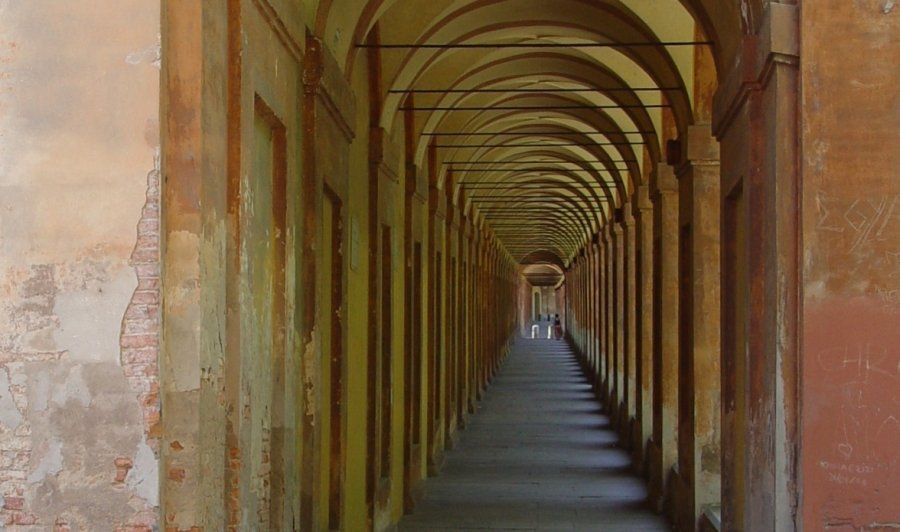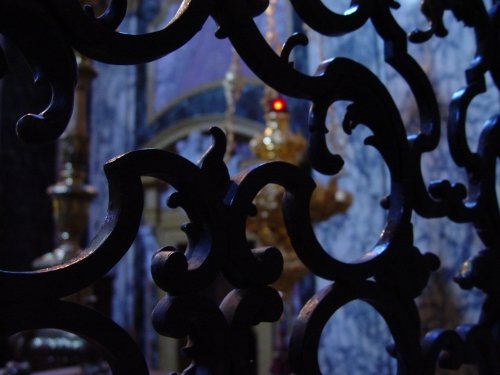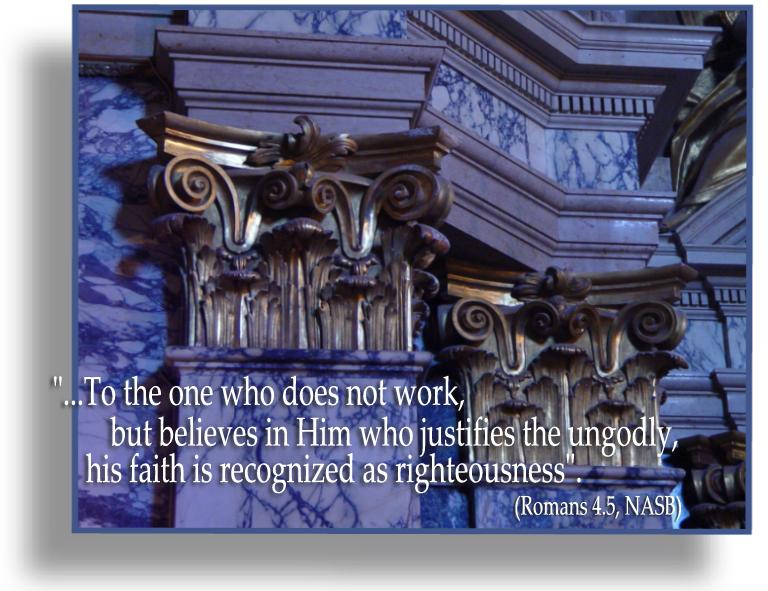Where we stand
If you are interested in knowing more about where CCC stands and fits into the wide river of religious movements in the world today, the articles below should help clarify where we stand on various issues/topics.
- What about Roman Catholicism?
- Is CCC a Protestant church?
- The Drift of Theological Liberalism
- What about “Fundamentalism”?
- The Slippery Label of “Evangelicalism”
- The Search for Christian Unity
- The Seduction of Inter-Faith Pluralism
- Some Thoughts on the Charismatic Movement
- On Marketing the Church
- Summary of Our Distinctives
What about Roman Catholicism?
Are you interested in the religions of the world? Thanks to the internet and the mixing of religious traditions across our continent, we’re probably more aware of the vast variety of views on religion and spirituality than our parents were.

But religious pluralism can confuse as much as it fascinates. One thorny problem we must overcome is the challenge of labels. Religious terms and names regularly change in meaning. You have to know who the speaker is, how knowledgeable he is, and what particular theological position he defends if you’re going to understand him.
So where does CCC fit into the wide river of religion today? In this series of blogs I’ll try to give an overview of often-used terms. That should help you understand where we’re situated and where we’re headed.

Given that much of continental Europe has traditionally been Roman Catholic, perhaps that’s a good place to start.
The first Christians in the time of the apostles were all Jews. Then the message about the death and resurrection of Jesus Christ spread to the Gentile world, beginning in Caesarea Maritima in the home of the Roman centurion Cornelius (Acts 10). Through the ministries of the apostle Paul and others the gospel reached west to Rome and east to India.
During the early centuries after the apostolic era various departures from original Christian teaching challenged believers to carefully study what the eyewitnesses of the ministry of Jesus had written down. They concluded that the New Testament gospels, the Acts and the letters of Paul, Peter, John and Jude unanimously presented Jesus as both truly man and truly God — a unique person in the history of the world. Church leaders involved in this process gradually gave more and more attention to the opinions of the leader of the church in Rome.
When official persecution of the Christians finally ceased under the Roman emperor Constantine and the church instead became the empire’s official religion (AD 313), Christianity became more politicized. Under the influence of Origen and Augustine the notion of the kingdom of God merged with state power in Constantine’s time and the bishop of Rome became increasingly influential in government, leading later to the papacy’s claim for temporal power.
From the third to the fifth centuries gradual departures from apostolic teaching laid the foundations for the Roman Church’s present form. The role of baptism was reinterpreted; it became a means of salvation rather than a step of obedience and sign of personal faith. The authority of the bishop of Rome increased beyond any biblical precedent; he became the leading voice for churches across the empire and had the emperor’s ear.
Release from state persecution was a welcome relief, but freedom led to compromise and a weaker Christian church. Since Christianity and the state became harder to distinguish, many pagan people decided to “convert” for purely pragmatic reasons. The professing church became increasingly worldly and corrupt. In order to correct these aberrations monastic movements developed in the early Middle Ages. Monasteries and convents became centers for spiritual devotion but, of course, monks brought their own sin nature inside monastery walls!

The core concepts of sacramentalism—the idea that lost people can be made right with God through participating in rites that have power to save—progressively led to the present structure of Rome’s seven sacraments, formalized at the Council of Trent in the 16th century. The dogmas that Rome is the depository of a holy tradition that trumps the uniquely sufficient revelation of the Bible, and that one must approach God through the Roman church as a holy institution, cannot be supported by Scripture.
Of course God knows those who are His (1 Timothy 2:19). There may be regenerated people in any Christian denomination even if the official teaching of that confession is in error. People at CCC have many Roman Catholic friends; we love them. However, we believe the teachings of the Roman Church are built upon traditions that contradict the authoritative teaching of Jesus and the apostles. We accept only the unique authority of the Bible’s sixty-six books as the rule for what we believe and do. That is why we are not able to support or cooperate with the Roman Church in outreach to our community.